The official probe into the mosque shootings has revealed how the gunman planned and prepared the attack that left 51 dead and dozens injured.
The Royal Commission of Inquiry into the Christchurch terror attack also compiled a significant dossier on the terrorist's background, including his childhood in Australia.
The terrorist was born Brenton Harrison Tarrant in October 1990 in Grafton, New South Wales. His upbringing in Australia was marked by several stressors, including his parents' separation and his mother's subsequent relationship with an abusive man.
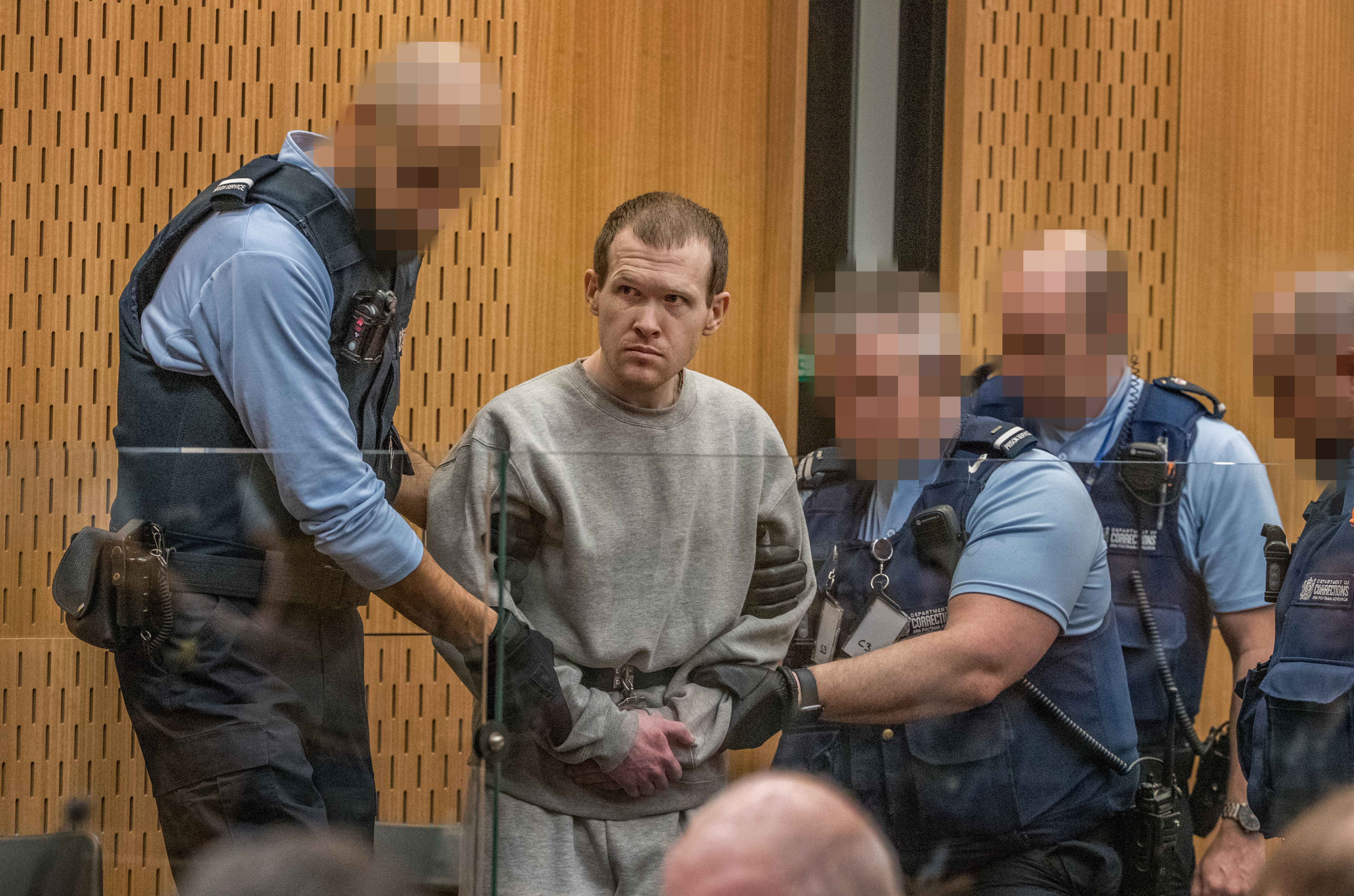
His father developed a form of cancer, caused by exposure to asbestos, and later died by suicide in April 2010. He arranged his death so his son would find him.
Before he died, Rodney Tarrant settled a claim for damages relating to his exposure to asbestos. With money that largely came from the settlement, he gave $457,000 to each of his two children.
The terrorist, who was an avid internet user and online gamer, developed racist ideology from a young age.
He described himself to the royal commission as an introvert, who suffered from anxiety since childhood and found socialising with others stressful.
READ MORE: Christchurch terrorist could only have been stopped 'by chance'
The commission said when he arrived in New Zealand on August 17, 2017, it was with a fully-developed terrorist ideology.
It said he was capable of pursuing an idea or plan of action with "considerable determination" and with no assistance.
"He can be single-minded to the point of obsession," the report says, signalling his ability to pursue fitness aims, the development and persistence of his racist and extreme right-wing patterns of thinking, and his preparation and planning.
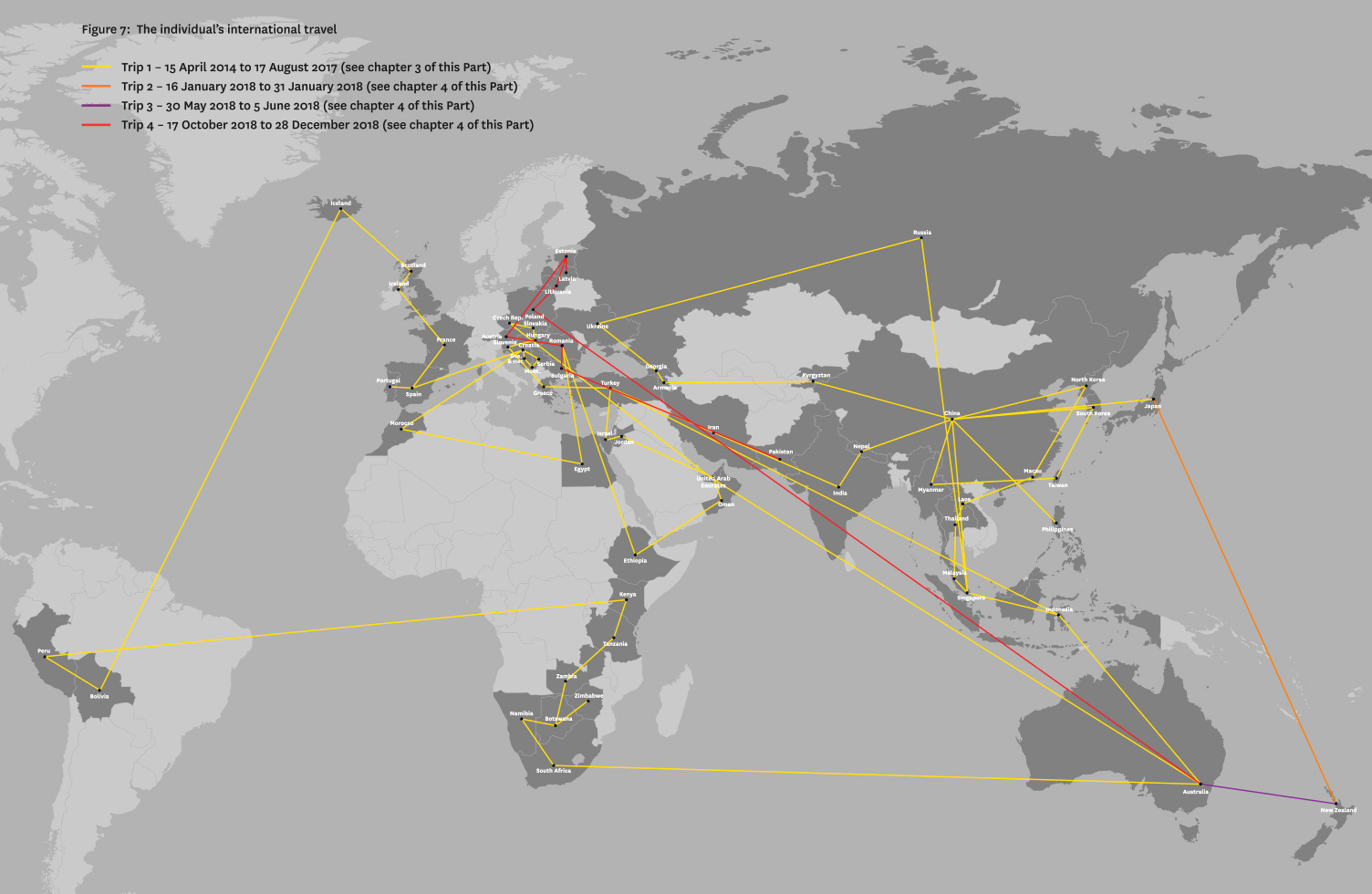
The gunman's movements
The commission found the terrorist first travelled to New Zealand for a holiday from March 28, 2013, to May 29, 2013. A school friend accompanied him, and they also stayed for three days in Waikato with a gaming friend and their parent.
The gaming friend and their parent were keen shooters and took the terrorist possum hunting and to a shooting club twice. Those were his first experiences using firearms.
The gunman then spent two weeks travelling the country in a campervan with his school friend and gaming friend.
He visited Dunedin on his own, and travelled through Whanganui, where he had a minor crash on May 6.
He had pulled off the road onto the verge and his vehicle rolled down a bank.
He was the only person in the car. No enforcement action was taken.
After returning from New Zealand, he drove a van around Australia for nine months between May 2013 and February 2014, including visiting Port Arthur in Tasmania, where 35 people were killed and 23 wounded in a mass shooting in 1996.
Between April 2014 and August 17, 2017, he travelled extensively and always alone, except for travel to North Korea as part of a tour group.
READ MORE: Queensland man charged with plotting terror attack in Bundaberg
READ MORE: Ex-Proud Boy on life inside the far-right group's ranks
The countries included Indonesia, Singapore, China, Japan, Armenia, India, Iran, and Turkey.
The longest visit was to India where he stayed from November 21, 2015, to February 18, 2016.
He used the internet during his travels, communicating with his mother and sister and posting photos of his travels on Facebook.
The commission found no evidence he met with any white extremist groups, nor any evidence he engaged in training or investigated potential targets.
"The purpose of the travel was not to meet up with extreme right-wing people or groups or engage in training activities or reconnaissance of possible targets. Put simply, he travelled widely because he could and had nothing better to do," the commission said.
It believed he was mobilised to violence earlier than when he suggested in his manifesto. His mother believed the more he travelled, the more racist he became.
His sister said he was a changed person when he returned to Australia for a month in June 2016, speaking regularly of politics, religion, culture, history and past wars, particularly those he had learned about during his travels.
By January 2017, the gunman was planning to move to New Zealand and take up shooting.
He emailed the Bruce Rifle Club in Dunedin to check whether it was still open. He indicated an intention to move to Dunedin in August that year.
In February 2017, he booked flights to New Zealand to arrive in Auckland on August 17.
"We see these activities as the first manifestations of his terrorist intent," the commission found.
Asked by the commission about his interest in the rifle club, the terrorist said he had developed an interest in firearms, which prompted him to contact the club. The commission did not accept his explanation.
At this point, his only experiences with firearms had been during his trip to New Zealand in 2013, and at two overseas tourist attractions.

Arrival in New Zealand
The terrorist was picked up at Auckland International Airport by his gaming friend and their parent on August 17.
They drove him to their home in Waikato where he stayed for three nights before flying to Dunedin.
He told friends and family he chose to live in Dunedin because of its climate, Scottish heritage and low levels of immigration.
He told the commission he was also interested in the architecture. Except for three overseas trips, he lived in his Sommerville Street home until the day of the attack.
After arriving in New Zealand, he opened two bank accounts with ANZ.
He primarily used one of his accounts with the Commonwealth Bank of Australia and transferred money to one of his ANZ accounts to pay for expenses in New Zealand.
The total amount credited to his ANZ account between August 23, 2017, and March 15, 2019, was $57,018.03.
These transfers were not likely to, and did not, give rise to any suspicious transaction reporting by ANZ.
Throughout his time in Dunedin, his living expenses and preparations for the terrorist attack were entirely funded from his father's money and investments made with that money.
His social interactions in Dunedin were limited.
He had only routine dealings with his landlord and property manager, and had little contact with neighbours.
His interactions with people he met at shooting clubs and the gym were "superficial".
He remained in contact with family, visiting them in Australia in late December 2018, and his mother visited him in early January 2019.
On December 24, 2018, his mother and her current partner, who is of Indian ethnicity, flew to New Zealand for a holiday in the North Island.
They changed their travel plans, so they could see the gunman from December 31 to January 3.
During their visit, he took his mother and partner sightseeing around Dunedin and to Milford Sound, Te Anau and Invercargill.
He also took them to the Otago Shooting Sports Rifle and Pistol Club, but they could not get in as he was unable to unlock the gate.
READ MORE: 'Fire awaits you', the pain of mosque shooter's victims unveiled
READ MORE: Christchurch mosque shooting gunman gets life without parole
Interactions between the gunman and his mother and her partner were "awkward and at times tense", the commission noted.
The trio went out for breakfast one morning, but left because the terrorist refused to spend money in a migrant café.
He told his mother he wanted his money going to white New Zealanders, and they had to find somewhere else to eat. They drove back to his flat in silence.
He told his mother he would not renew the lease on his flat and wanted to sell his belongings and move to Ukraine. It was the last time they saw him before the attack.
His mother was so worried she searched online for information about white supremacy groups in Ukraine.
She emailed him an article about extreme right-wing groups there that groomed young men like him and pleaded for him to come home to Australia. He never responded.
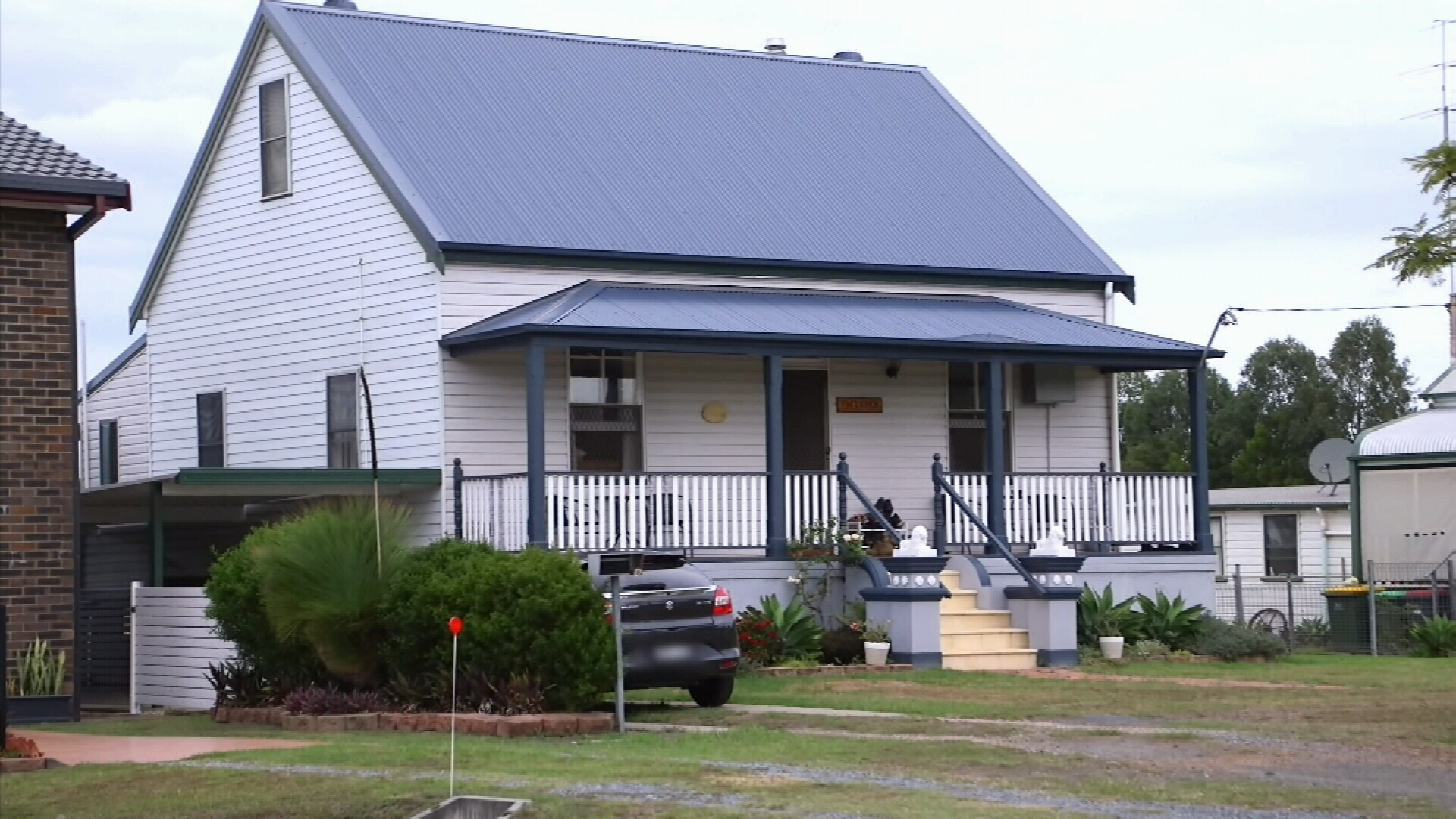
Internet activity
The gunman took steps to minimise his digital footprint to reduce the chances of authorities being able to gain a full understanding of his internet activity.
This included removing a hard drive from his computer, which has never been found, and deleting emails.
He joined Facebook in 2013, but his history on the social networking site was erratic. He deleted data from time to time and removed friends.
On April 9, 2018, he left a Facebook group and days later deleted 134 Facebook friends.
He denied this was because he was worried about some of his comments being picked up by counter-terrorism agencies.
He once reprimanded his mother for using the term "neo-Nazi" in Facebook messenger when she commented on his shaved hair and rhetoric.
She believed he was not offended but was worried her use of the word might lead to him being detected.
He also asked his sister to change names on banking details because he was worried the Australian Security Intelligence Organisation was tracking him.
When interviewed, he said there was an element of "play-acting" in his comments, and it was common for those on the far-right to believe they were under surveillance.
In October 17, 2017, he set up a Trade Me account to purchase and sell items including firearms magazines, and some firearms' equipment.
His username was Kiwi14words, a reference to a white supremacist 14-word slogan. The username did not attract any attention.
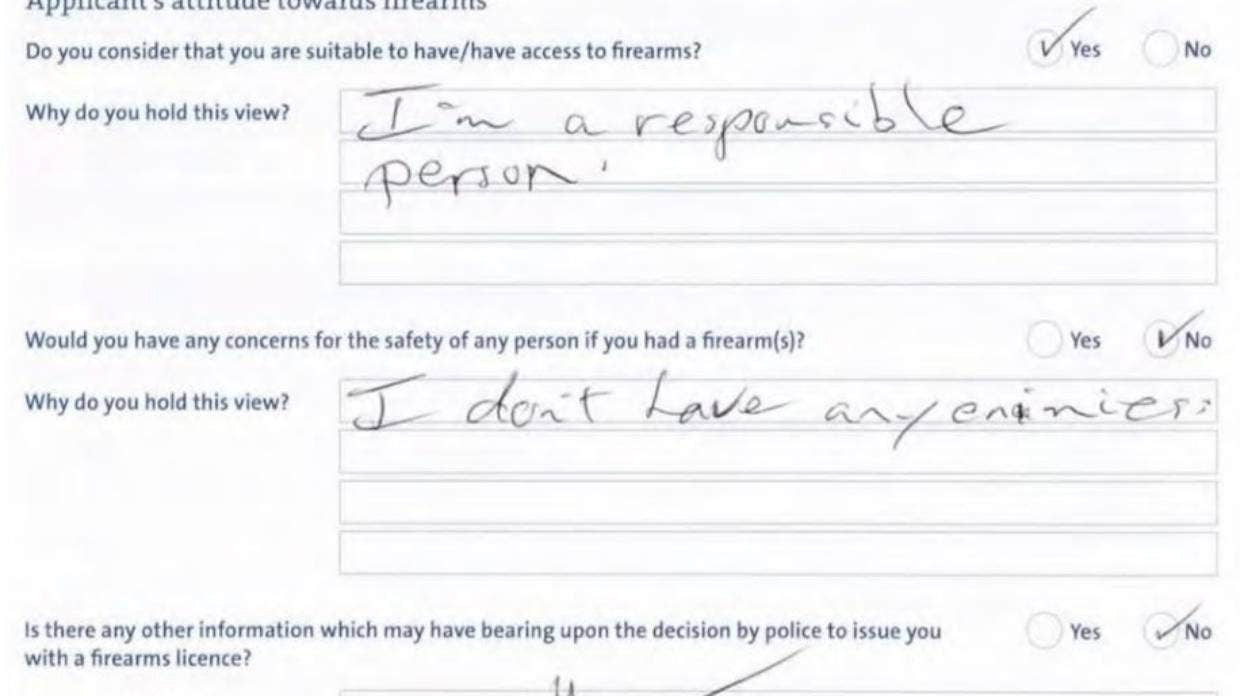
The training
He became a member of the Otago Shooting Sports Rifle and Pistol Club on February 14, 2018, after attending a club shoot on January 7, 2018, as a visitor.
He attended another shoot on February 18, 2018, but other members did not see him at a club shoot again.
He then joined Bruce Rifle Club on February 26, having completed probationary shoots.
Club records show he shot there once in 2017, 21 times in 2018 and five times in early 2019.
Club members said he was polite and courteous, worked hard during a working bee and did not talk much, if at all, about politics.
He also joined a gym in Dunedin from October 2017 to October 2018.
He worked out three to four times a week, always alone.
He occasionally talked to other members, offering advice about exercise form and technique or discussing overseas travel.
Evidence regarding his preparation came from several sources including his interviews, emails he sent to himself, and a memory card from his drone, which he sent to his sister before the attack.
The card included a budget, which showed his money would run out in August 2019.
He also had a to-do list, created on July 18, 2018, saying after Christmas he would do more shooting, test his equipment, add cardio and power training to his workouts, look into finances, do research on other mosques, and replace anything in the house that was broken.
It ended: "Fine tune the go plan."
On December 20, 2018, he emailed himself: "Kill an armed invader and [receive] a medal, kill an unarmed invader and receive a life sentence, but the invaders' threat remains the same."
His planning was not without its errors.
On July 13, 2018, his right eye and thigh were injured in a firearms' accident.
He was treated at Dunedin Hospital's emergency department, where he told the registrar the injury was caused by a round of ammunition exploding while he was cleaning a rifle barrel.
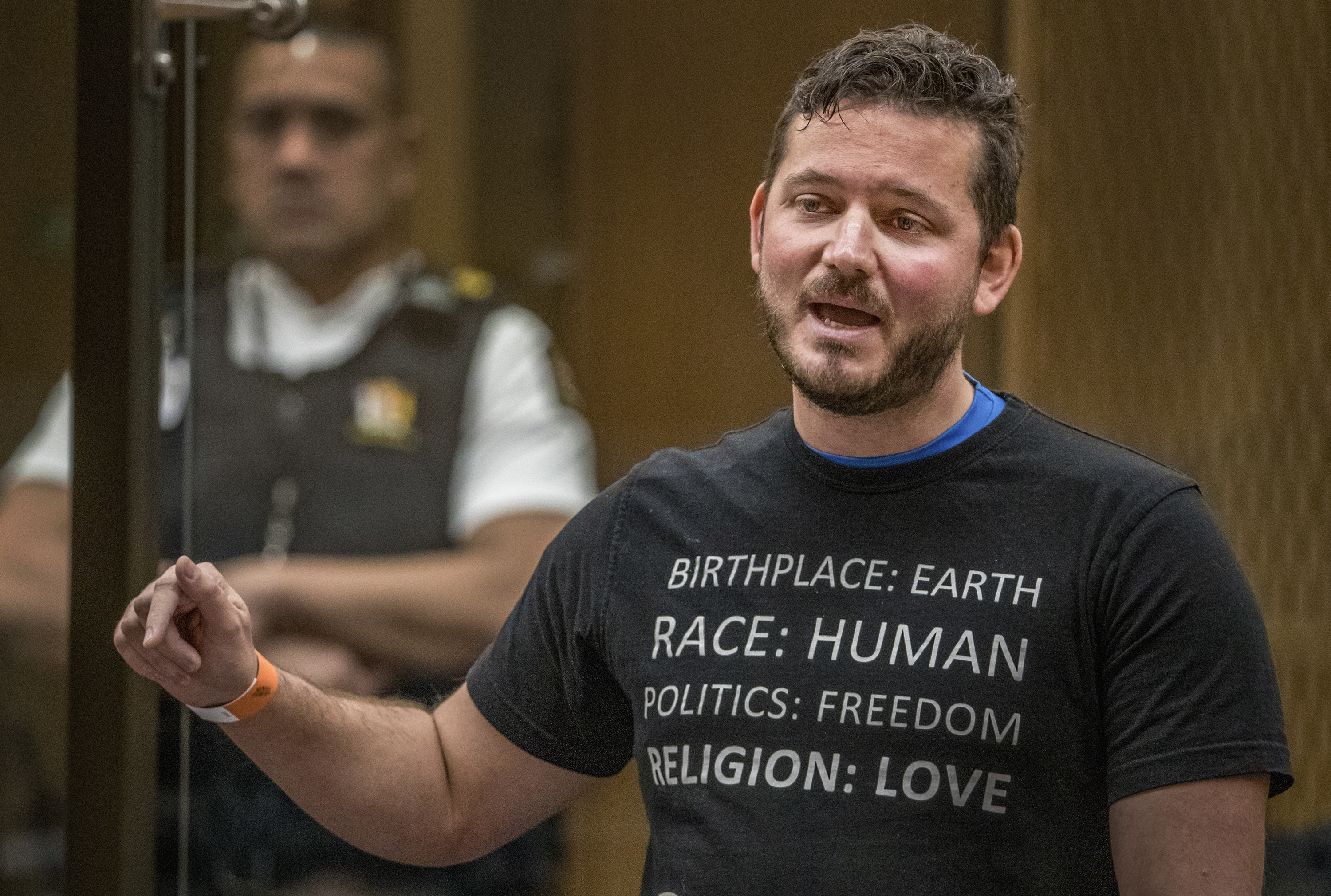
The false trail
A copy of Oslo terrorist Anders Behring Breivik's manifesto was found on an SD memory card associated with the Christchurch terrorist's drone.
The commission believed the Christchurch shooter was "significantly influenced" by the Oslo terrorist, finding similarities in his preparation including joining a gym, bulking up with steroids, joining rifle clubs to gain firearms expertise and attempts at operational security.
When interviewed by police, the Christchurch terrorist referred to the Reborn Knights Templar.
He also said in his manifesto he received a "blessing" from the Oslo terrorist through his "brother knights" for his attack.
The Knights Templar Order International had a knighting ceremony in Wroclaw in Poland on December 15, 2018.
The Christchurch terrorist was in Poland that day, but the maximum time he could have been in Wroclaw was one hour and 21 minutes.
There was no evidence he attended the meeting. He said the reference was a "red herring" authorities were "supposed to follow", but not "eat the damn thing".
"The purpose was to add apparent credibility to his otherwise not very plausible narrative that he had received international support for his planned attack and, consequently, prompt unnecessary official inquiry," the commission found, describing it as an "elaborate trolling exercise".
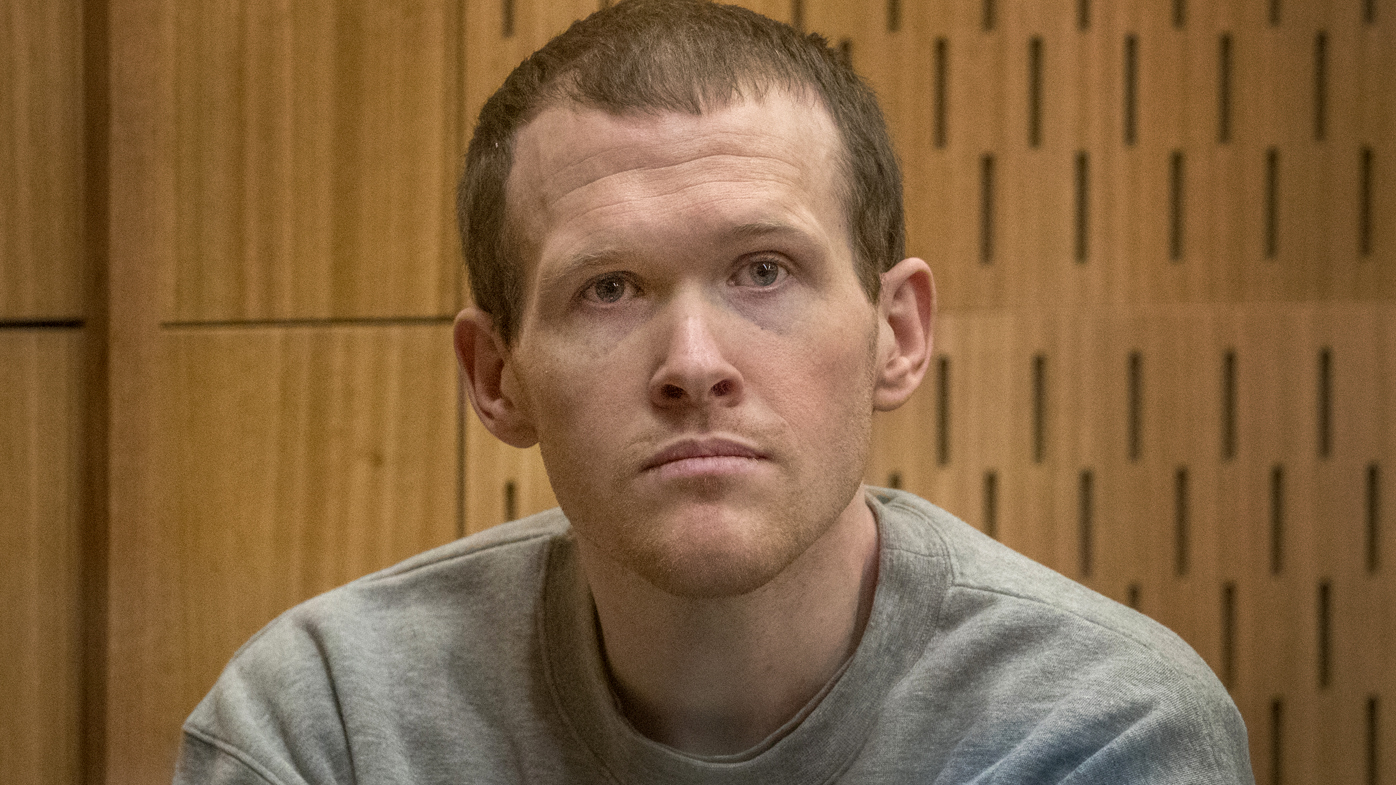
The reconnaissance
On January 8, 2019, he drove to Christchurch via Ashburton.
He emailed himself at 4.06pm to note an address on the other side of the road from the Ashburton Masjid.
Later that afternoon he conducted surveillance of the Masji An-Nur (Al Noor Mosque) in Deans Avenue, Christchurch, including flying a drone over the building.
He intended to start preparations at the Belgotex building behind the mosque, but he went somewhere else because there was activity in the car park there.
He also drove past the Linwood Islamic Centre.
He visited the Dunedin Islamic Centre on January 11. He said it was his only visit, and he decided against attacking that mosque.
On January 30, 2019, he made his last planning document, which ended: "15th march is go do rain or shine (sic)."
In the days and weeks leading up to attack, he installed apps on his phone including GoPro, Skype and Twitter.
He also obtained walk-through footage of the Masjid An-Nur from Facebook.
He created an album on Facebook called "Open in case of Saracens" on March 13, 2019, which contained 155 images, including a digitally altered image of Masjid An-Nur in flames, and two videos in which extreme right-wing views were expressed and violence was advocated.
He uploaded his manifesto to a file hosting site at 7.20pm on March 14, 2019. There was no public access to the site until he shared the link.
On the night of March 14, 2019, he spoke to his mother by phone for 28 minutes and to his sister for an hour and 16 minutes.
His mother told Australian police he seemed relaxed and happy and made a point of telling her that he loved her, which was out of character.
At 6.26am on the day of attack, he posted a tweet containing links to the file sharing sites where his manifesto could be found. He had no followers at the time.
The Australian white supremacist sent a text to his family at 1.31pm, telling them how to deal with police and the barrage of media coverage they would soon endure.
About 10 minutes later, he began his assault on Muslim targets in Christchurch, fatally shooting 51 people and injuring dozens of others.
This article originally appeared on Stuff and has been reproduced with permission.
from 9News https://ift.tt/2VQbFot
via IFTTT


0 Comments